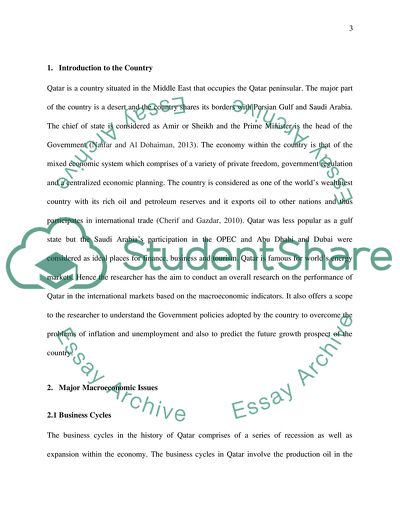Cite this document
(Macroecconomics Policies Research Paper Example | Topics and Well Written Essays - 2000 words, n.d.)
Macroecconomics Policies Research Paper Example | Topics and Well Written Essays - 2000 words. https://studentshare.org/macro-microeconomics/1879100-macroecconomics-policies
Macroecconomics Policies Research Paper Example | Topics and Well Written Essays - 2000 words. https://studentshare.org/macro-microeconomics/1879100-macroecconomics-policies
(Macroecconomics Policies Research Paper Example | Topics and Well Written Essays - 2000 Words)
Macroecconomics Policies Research Paper Example | Topics and Well Written Essays - 2000 Words. https://studentshare.org/macro-microeconomics/1879100-macroecconomics-policies.
Macroecconomics Policies Research Paper Example | Topics and Well Written Essays - 2000 Words. https://studentshare.org/macro-microeconomics/1879100-macroecconomics-policies.
“Macroecconomics Policies Research Paper Example | Topics and Well Written Essays - 2000 Words”. https://studentshare.org/macro-microeconomics/1879100-macroecconomics-policies.


